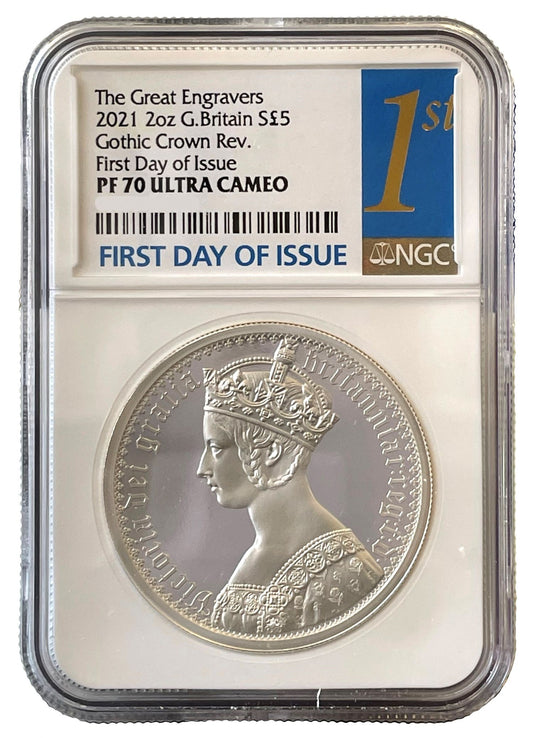FAQs
What makes a coin valuable?
I have coins to sell, what’s the next step?
How will my purchases be shipped?
What happens if I’m not entirely happy with my purchase?
British Colonization, 1670.
Charles II and Catherine of Braganza, British Colonization, 1670, Silver Medal, by John Roettier, conjoined busts right, CAROLVS. ET. CATHARINA. REX. ET. REGINA, rev the globe, centred on Africa and showing the Eastern seaboard of North America, + DIFFVSVS. IN. ORBE. BRITANNVS. 1670, 41mm (Betts 44; Eimer 245; MI i 546/203). Nearly extremely fine, attractively toned.
The map is a fascinating insight and reveals how well the world was understood at the time. It is depicted as a globe, with lines of longitude and latitude - concepts understood since antiquity. Lake Victoria is represented, a lake dedicated to the Empress in 1858 by the explorer Speke but actually first recorded in a twelfth century map by Muhammad al-Idrisi. Also note Lake Maracaibo in Venezuela first charted by Alonso de Ojeda and the eponymous Amerigo Vespucci, at the end of the fifteenth century. North America is notably amorphous and peripheral, indistinct from the arctic, perhaps reflecting how little commercial and cultural impact it had on Europe, other than northern fishing routes, at that time. Antarctica by contrast is drawn much larger than it is in reality and spreads east to the Indian Ocean. As the Dutch East India Company had noted land at Cape York Peninsula in 1605, it is tempting to suggest that this oversized Antarctica may include a rough and contemporary interpretation of Australia, to be charted properly in the centuries to follow.
FAQs
What makes a coin valuable?
I have coins to sell, what’s the next step?
How will my purchases be shipped?
What happens if I’m not entirely happy with my purchase?













